The way your hair looks and the colour is a part of your appearance, and a very prominent one too. Natural hair colors can come in a number of different hues and shades, ranging from deep blacks to fiery reds. The natural colour of your hair is the result of the pigmentation of your hair follicles by two types of melanin, one called eumelanin and the other called pheomelanin. Both these melanin pigments are contained in human hair, albeit in different quantities in different people. A large number of combinations between their ratios give hair its varying hues and shades. For example, the more amount of eumelanin present in one’s hair, the darker that person’s hair is.
- 1. Hair colouring over the ages
- 2. Why can’t we opt for the chemical ones instead?
- 3. Natural Hair Dye For black hair
- 4. Natural Hair Dye For brown hair
- 5. Natural Hair Dye For red hair
- 6. Natural Hair Dye For blonde hair

The colour of a person’s hair is largely considered to be a part of that person’s ethnicity. Thus, people of a certain race and colour tend to have hair that is naturally darker or lighter than others. The greying of hair, occurs no matter the race, and as people grow older, the pigmentation in their hair tends to fade away, leaving their hair looking grey or white.
1. Hair colouring over the ages

Now, people can be very touchy about losing certain things and their hair colour seems to be one on that list too. For centuries, people have tried to colour their hair, some in order to hide the discolouration and some just because they liked a certain colour. Some of the first instances recorded in history, in fact, are of people who dyed their mane using natural hair dye not because it was turning grey, but because they liked that colour.
There weren’t any hair colouring products available in packed boxes back then though. How did the people in those times and up until the discovery of synthetic dyes in the mid-19th century dye their hair? Well, for a larger part of history, plant-based or natural hair dyes have been used by people. A number of different products obtained from plants such as henna, turmeric, amla and even crushed shells of walnuts have been used for colouring hair. Each of these products gives the hair a different colour, with henna being the most versatile and widely used amongst them. Even natural clay pigments such as red ochre have been used to colour the hair.
2. Why can’t we opt for the chemical ones instead?
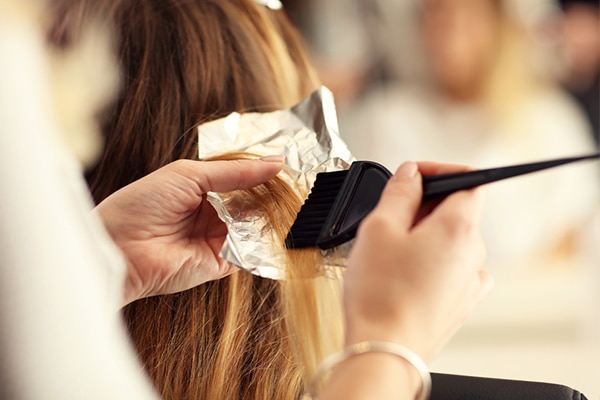
Now, you might ask, what is the advantage of opting for natural hair dyes over those chemical ones that are so easily available in the market these days? For one, chemically created hair colour often contains ammonia and peroxide. The former helps break through the shaft of your follicles and the latter bleaches out the natural pigment in your hair, thereby stripping it of its natural colour to an extent. These dyes are also known to contain compounds such as paraphenylenediamine, which can lead to severe allergies, more so for people already suffering from contact dermatitis. They can even contain persulfates known to aggravate asthma in those who have it.
Given all these risks, it would be pretty prudent to opt for hair dyes that have natural ingredients in their composition, either being made entirely from plant or clay-based products or those that do make use of them to some extent at least, and not the chemicals mentioned above. Hair dyes available in the market today are increasingly making use of natural ingredients such as henna and amla. But if you’re still averse to taking the risk, here's how to dye hair naturally at home.
3. Natural Hair Dye For black hair
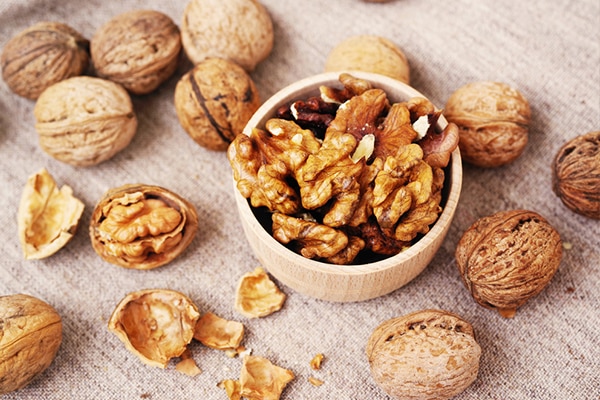
There are certain natural ingredients such as the powdered shells of walnuts or dried sage which can be used if you want to know how to color hair naturally. For making use of the walnut powder, mix it with water and apply it onto your hair. Or you could even boil a cup of dried sage in water for about half an hour and strain out the sage from it. Pouring this sage-steeped water will help your hair develop a nice black tint to it. Remember that a deep black colour is very difficult to achieve and you will only be able to give your hair a certain semblance of that shade. Even the use of indigo tends to tint your hair a bluish-black and is preferably used after mixing with henna.
4. Natural Hair Dye For brown hair

A dark brown natural hair dye is relatively easier to obtain. Make strong black tea or a decoction from coffee beans (the darker, the better). You can even make tea using herbs such as sage, rosemary or nettle. The use of sage is pretty common when it comes to covering up those greying strands. It is important to remember that you need to allow the brew to cool down properly before pouring it through your hair, lest you damage it.
5. Natural Hair Dye For red hair
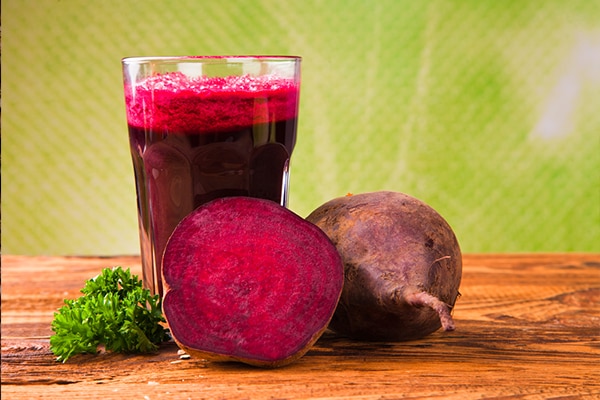
Just as we’ve used tea made from herbs like rosemary and nettle to achieve a brown shade for the hair, tea made by mixing flowers of hibiscus and calendula will give your hair a beautiful shade of red. You can even apply tomato juice onto your hair and leave it on for about half an hour before rinsing it off. If you want to dye hair naturally in a more reddish-orange colour, mixing carrot juice with a carrier oil like coconut oil will get your hair that tinge. For a deeper red, all you need to do is replace the carrot juice with beetroot. Carrier oils are important since they protect and nourish your hair, while also allowing for better application and absorption.
6. Natural Hair Dye For blonde hair
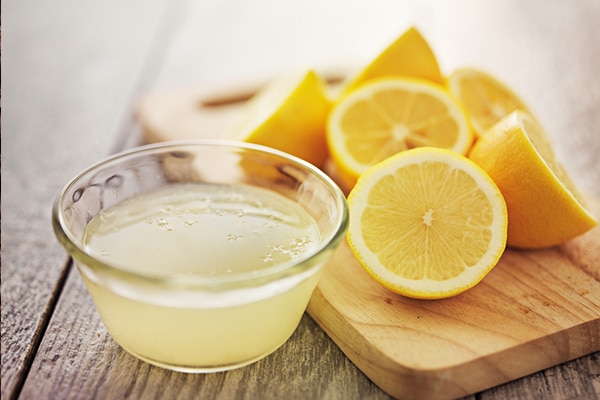
Spraying lemon juice onto your hair causes the pigment to be stripped away, thereby lightening your hair gradually. However, if you’re looking to get a darker shade of blonde, tea made from dried flowers of chamomile and calendula will help you achieve that shade for your hair. The root of rhubarb, on the other hand will give your hair a lovely honeyed golden tone. Steep a cup of the flowers or the root in boiling water before straining it and pouring the water over your hair a number of times (we’d suggest you do it at least in the double digits). Let it sit for about 15-20 minutes before washing it out.
Now, once you’ve coloured your hair using a natural hair dye, it is even more imperative you ensure that the colour stays and does not start to fade very soon. Keep those heat styling tools like curling irons and hair dryers away from your locks as much as you can, and if you just have to, always remember to apply a heat protectant beforehand. Since heat can strip the hair of its dye, it would also be prudent to avoid taking hot showers as much as possible. As for showering, try to not wash your hair too often, and install a water filter in the shower if possible, one that helps take out colour-draining chemicals like chlorine from the water. Stick to colour protect products like the TIGI Bed Head Urban Anti-Dote Recovery Level 2 Shampoo to make your natural tint last longer.

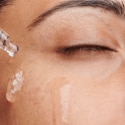


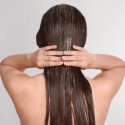






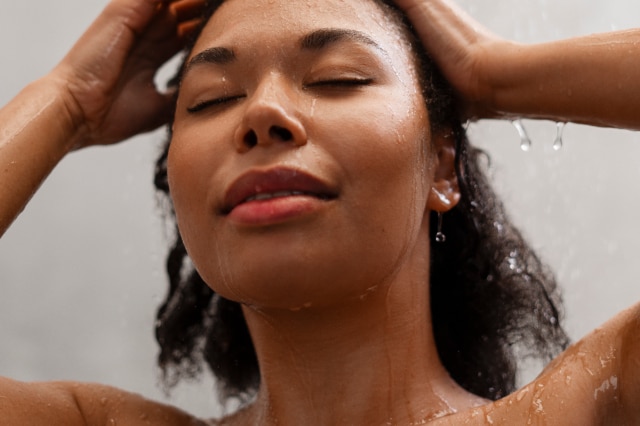

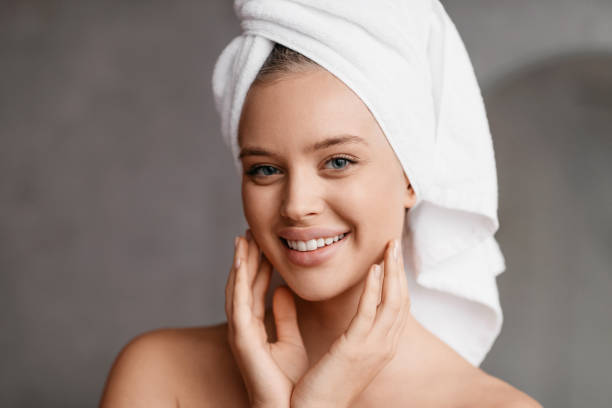
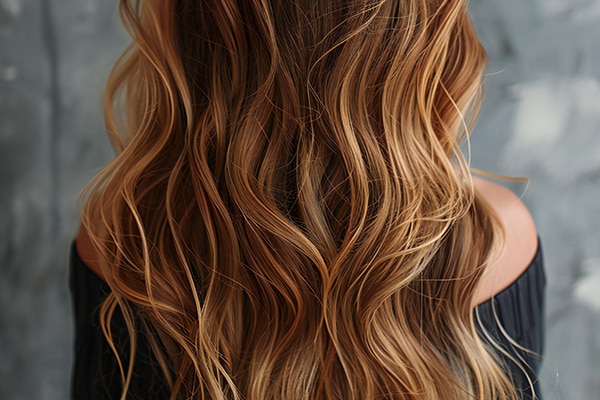
 Privacy Notice
Privacy Notice
Written by Karan Dalvi on 24th Dec 2019
Karan Dalvi brings you expert insights on skincare, haircare, and beauty trends to keep you updated with the best beauty routines.